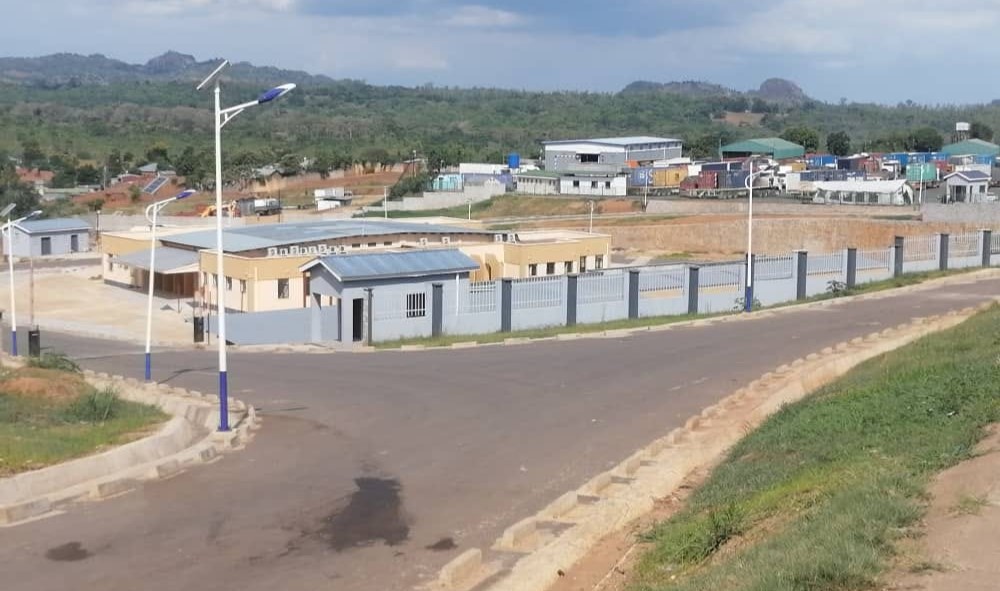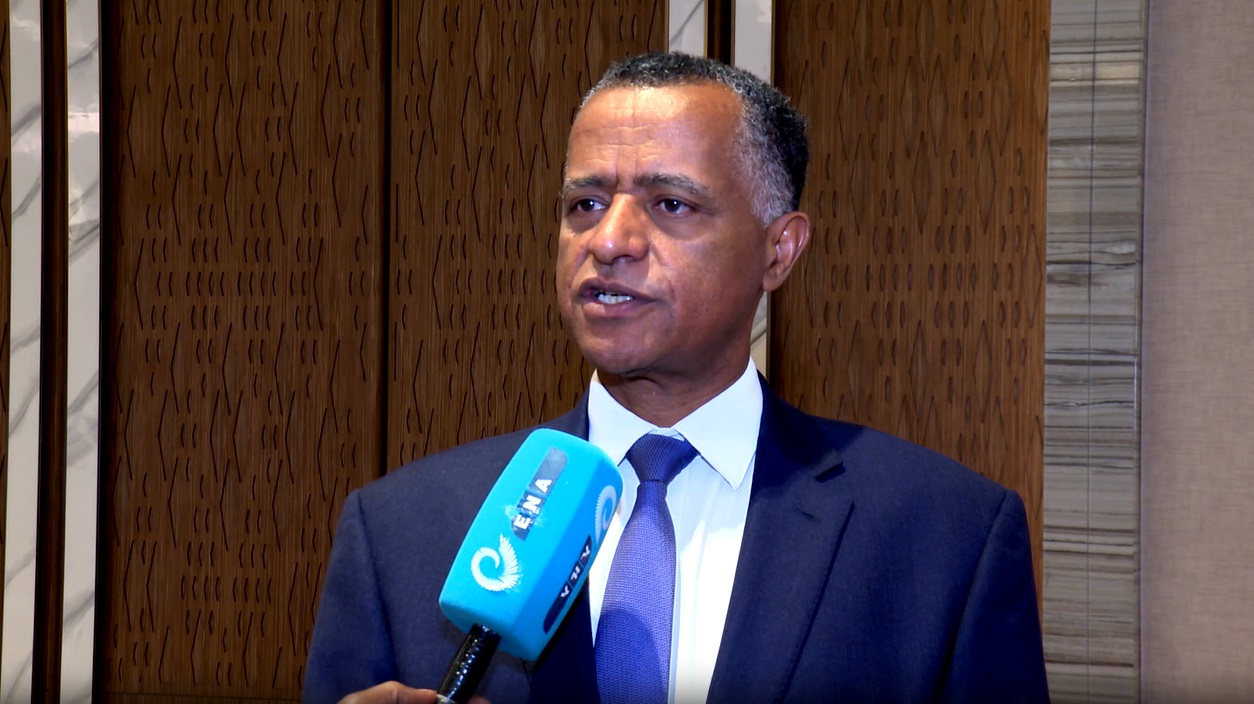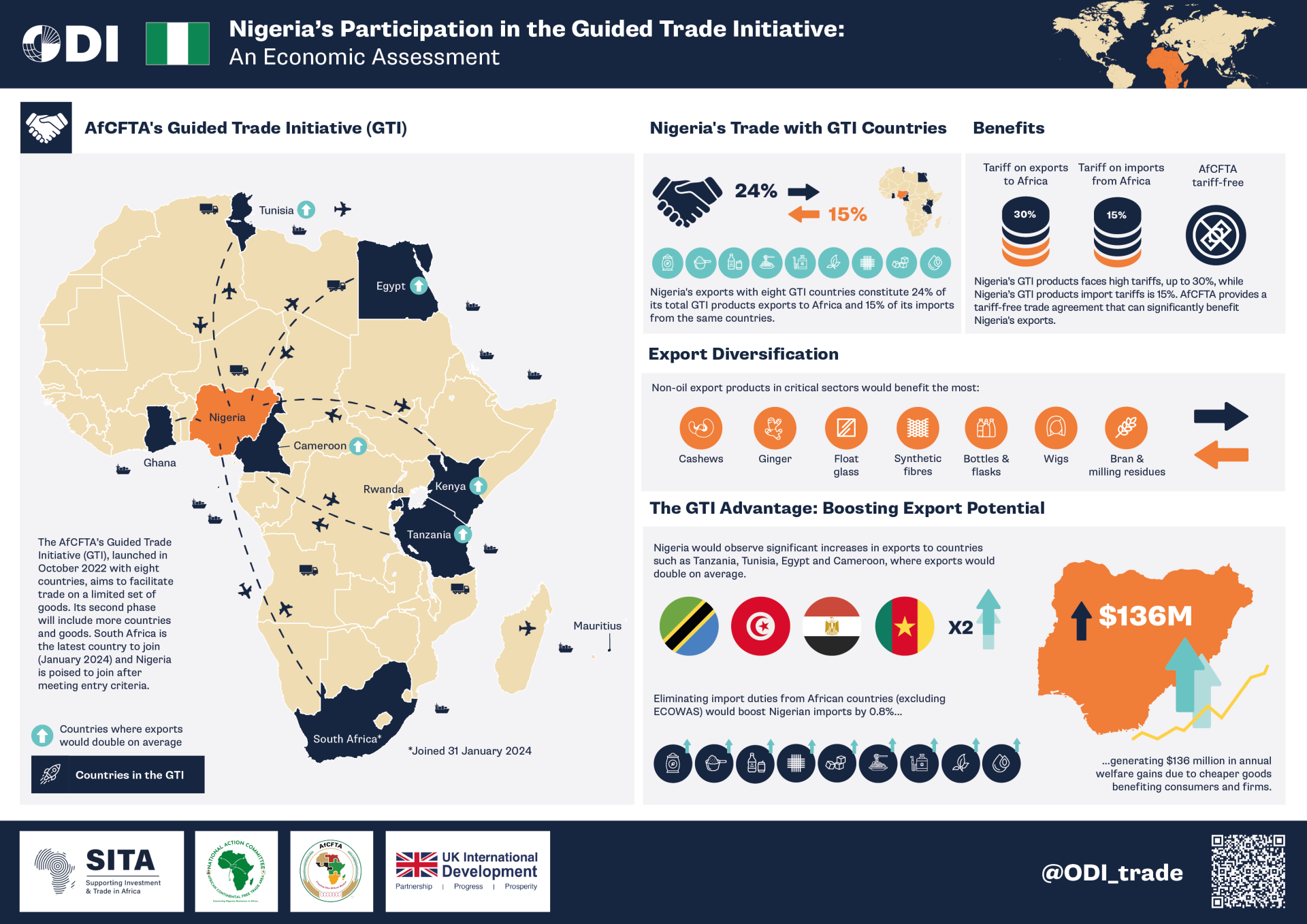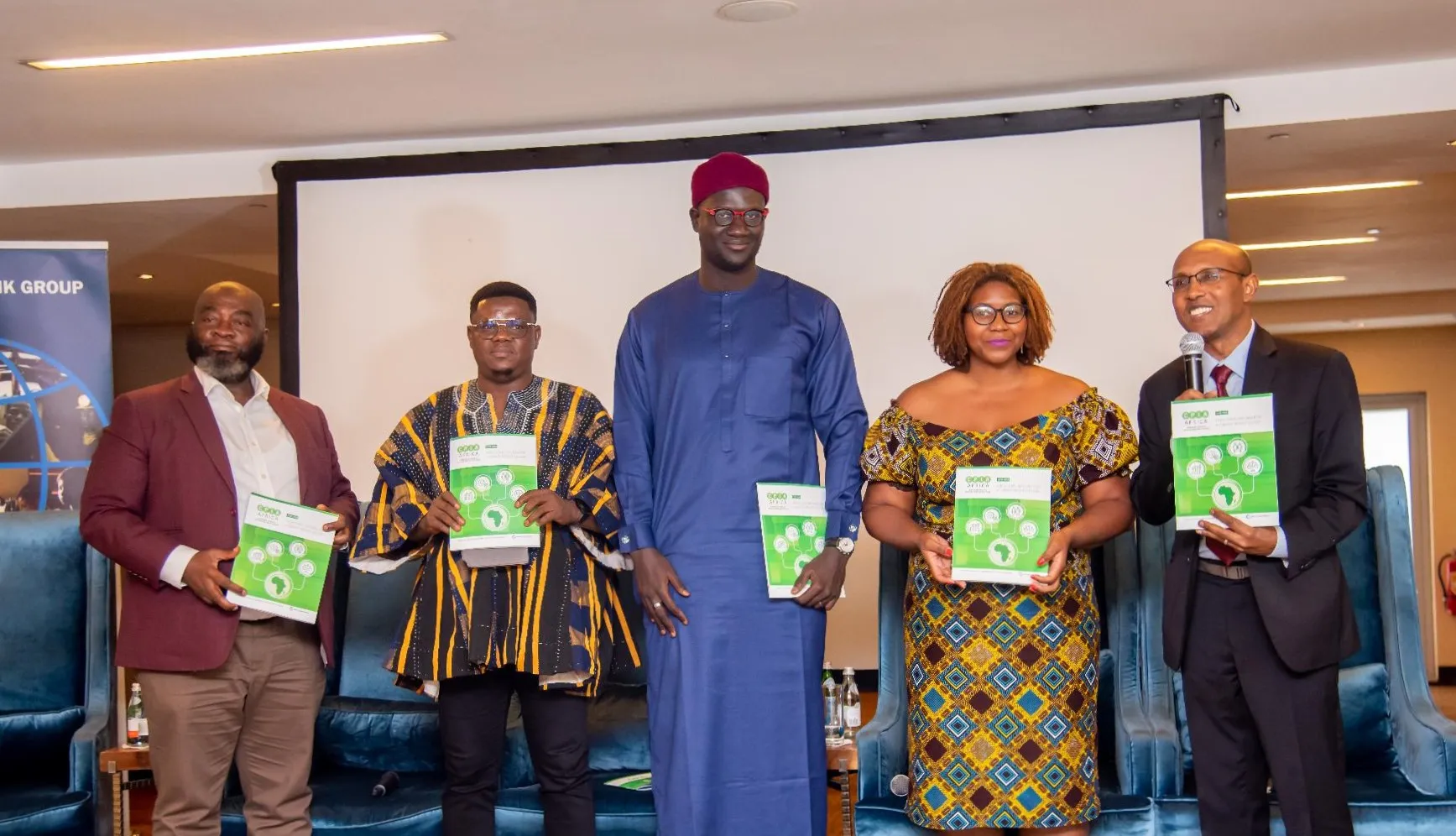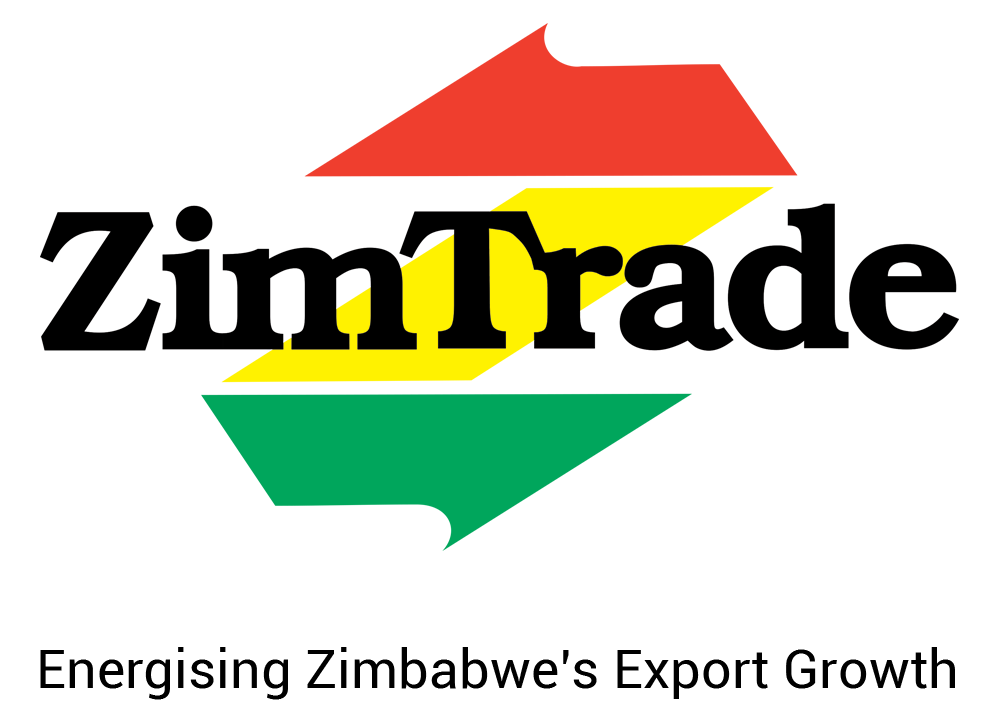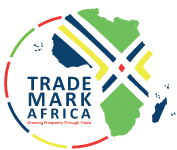La récente ratification par le Parlement de l'Union européenne (UE) et l'Assemblée nationale du Kenya de l'accord de partenariat économique (APE) entre l'UE et le Kenya change la donne. Cet accord offre un accès au marché en franchise de droits et de quotas. Pour les agriculteurs kenyans, en particulier les producteurs horticoles, il s'agit d'une occasion en or. Pour tirer parti de cette opportunité, l'UE a collaboré avec TradeMark Africa pour la mise en œuvre du programme d'amélioration de l'environnement commercial et des exportations (BEEEP) dans le cadre de l'APE. Cette initiative vise à soutenir les petits exploitants agricoles et les producteurs, en les aidant à cultiver des produits de haute qualité de manière durable et à les acheminer vers le marché de manière efficace, principalement par le biais du fret maritime. Le passage du fret aérien au fret maritime au Kenya est motivé par des économies, des préoccupations environnementales et le besoin de résilience de la chaîne d'approvisionnement. Le fret maritime est plus économique pour les gros envois et est considéré comme une option plus écologique. La pandémie de Covid-19 a mis en évidence les vulnérabilités du transport aérien, incitant les entreprises à diversifier leurs stratégies logistiques. C'est là que les Export Supply Hubs (ESH), également connus sous le nom de centres de consolidation, entrent en jeu. Les ESH peuvent révolutionner l'exportation de fleurs, d'avocats, de mangues et de légumes vers l'UE et d'autres marchés. Ces hubs représentent plus qu'un simple changement logistique ; ils incarnent une transformation qui...
La croissance des exportations agricoles du Kenya passe par la création de plateformes d’approvisionnement
Posted on: July 19, 2024
Posted on: July 19, 2024



